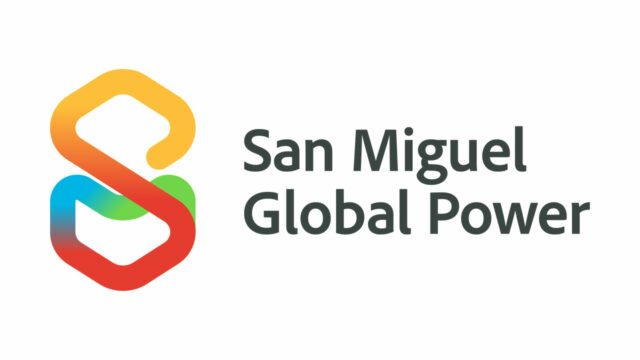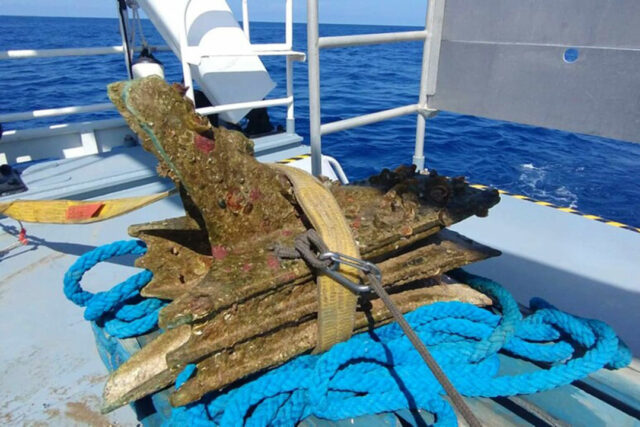JACKSON HOLE, Wyoming — In 2022, when the Federal Reserve’s focus shifted to combating inflation, it had to ratchet up interest rates fast to get monetary policy caught up with fast-rising prices.
Two years later, the focus has changed again – this time to protecting the job market, as outlined in Fed Chair Jerome H. Powell’s speech on Friday at the US central bank’s annual Jackson Hole conference in Wyoming. A policy catch-up again appears to be needed – in the other direction, albeit at a likely less frantic speed.
Mr. Powell’s signal of coming rate cuts completed a Fed shift that began in January when it acknowledged emerging job market risks, and now it has made countering them its top job.
The open question: Is a weakening job market and rising unemployment rate evidence of an economy settling into a healthy place of steady growth with little upside risk to the jobless rate or part of a slide that will gather speed?
The answer will appear in upcoming employment reports and shape how far and fast the Fed will have to cut rates to prevent what Mr. Powell called an “unwelcome further weakening in labor market conditions.”
“We do not seek or welcome further cooling in labor market conditions,” Mr. Powell said, remarks that seemed to set the current 4.3% unemployment rate as a level he would like to defend as he made the sour admission that “conditions are now less tight than those that prevailed before the pandemic.”
The jobless rate was 4.1% and falling when Powell became Fed chief in 2018, falling as low as 3.5% in 2019 without raising inflation concerns — conditions Mr. Powell said he hoped he could recreate after COVID-19 threw the economy into a tailspin.
The current 5.25%-5.5% Fed policy rate is seen as restricting the economy and putting jobs at risk and is well above officials’ median estimate of 2.8% for the longer-term “neutral” rate. Assuming inflation continues ebbing towards the Fed’s 2% target, job market changes will determine how fast officials head toward that neutral level and whether they need to go even lower to restore full employment.
“We’re definitely cooling, but are we cooling to a point where we’re going to level out … or is this just a pit stop to a stronger cool down?” Nela Richardson, the ADP Research Institute’s chief economist, said on the sidelines of the Jackson Hole conference.
Ms. Richardson, along with many Fed officials and others in attendance, argues the economy remains strong and is likely just settling to its underlying trends — “normalizing” from the pandemic’s extremes. But the sense of urgency around employment has intensified.
THE SHIFT
The Fed’s two-year battle against inflation saw rates rise to a quarter-of-a-century high without any appreciable job-market fallout. Fed officials will next meet on Sept. 17-18 on a very different footing than just a few weeks ago as they prepare to cut rates and debate whether the job market is just slowing or at a precipice.
The Fed’s language around risk began steadily changing this year.
Until January, Fed policy statements said officials were “highly attentive” to inflation risks. Then that month it said “the risks to achieving its employment and inflation goals are moving into better balance.”
They said in June that the risks had “moved toward better balance” and in July that the risks “continue to move into better balance,” adding they were now “attentive” to both the job market and inflation.
Mr. Powell’s remarks completed the journey, saying “the balance of the risks to our two mandates has changed” and policy makers would “do everything we can to support a strong labor market.”
Now comes the catch-up.
In September, officials will update interest rate projections showing their sense of the pace of cuts to come. As recently as June they were still worried about sticky inflation, saw the unemployment rate steady at 4%, and anticipated just a single quarter-percentage-point rate cut this year.
Ian Shepherdson, chief economist at Pantheon Macroeconomics, who has been predicting a job market slide, called Mr. Powell’s tone “startling” relative to June’s outlook, taking it as evidence the Fed had “waited too long” to shift.
Torsten Slok, chief economist at Apollo Global Management, meanwhile, frets that with layoff rates remaining low, the Fed may still court inflation risk if it cuts rates too fast.
‘VERY DIFFERENT PICTURE’
The Fed is having its own data battles.
The gain of just 114,000 jobs in July was noticeably weaker than the pandemic-era average, but in line with what before the pandemic was considered a reasonable pace to match population growth.
Another closely watched metric, the ratio of open jobs to unemployed persons, has fallen from a historic high of 2-to-1 during the pandemic to 1.2-to-1, akin to pre-pandemic levels in another sign of the economy normalizing.
Mr. Powell on Friday even somewhat downplayed the 4.3% unemployment rate, regarding it as a result of rising labor supply and slowed hiring, not outright job losses.
There is “good reason to think that the economy will get back to 2% inflation while maintaining a strong labor market,” he said.
Boston Fed President Susan Collins said in an interview she sensed there was an “overall resilience” in the labor market, with the unemployment rate possibly about to level off.
“What I have seen is some evidence of plateauing,” she said, “not a ‘blowing through.’”
Still, there are concerns the labor market may be weaker than it seems, risks that could play out in coming months and push the Fed towards faster or deeper rate cuts to defend its “maximum employment” objective.
Fed Governor Adriana Kugler, a career labor economist, said at one of the conference research discussions that both sides of the openings-to-unemployed ratio may be mismeasured — with fewer vacancies than reported in the monthly Job Openings and Labor Turnover Survey and more unemployed people if alternate measures of joblessness that include discouraged workers, for example, are considered.
She estimates the jobs-to-unemployed ratio is actually down to 1.1, already near break-even, and perhaps even lower.
“There are many more layoffs now going into non-employment as opposed to standard measures of unemployment,” she said. If other measures of unemployment were included, “you may get a very different picture” of the job market. — Reuters












